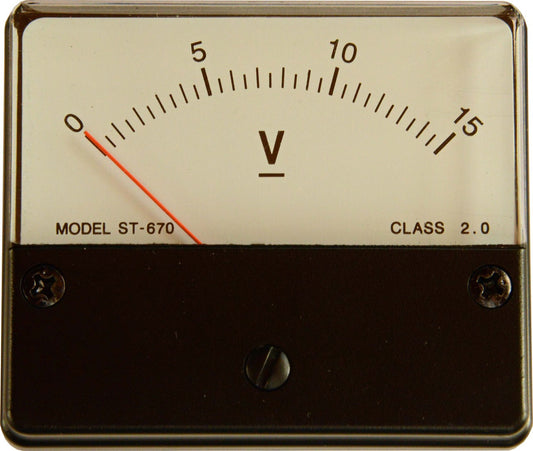My friend Mark and I were chatting about why vinyl records sound "better" than CD's, yet if you make a CD of a vinyl record it sounds essentially the same as the record. This counter intuitive fact can be explained quite simply, I am told, and that is because records have far less dynamic range than CD's. Far less.
So why would less be more or, in this case, better? Imagine for a moment you are a mastering engineer charged with transferring music from either a live event or a recording onto a vinyl record stamper. You are going to try and squeeze as much of the musical information onto the vinyl master as you can but you have a problem: it's that limited dynamic range again.
Mastering for vinyl has always been a balance between loudness and playing time. The louder you want a song to be, the wider the groove needs to be in order to accommodate the larger amplitude of the album. Since there's only a limited amount of usable surface area per vinyl disc, gaining dynamic range means sacrificing playing time, especially on a long playing (LP) record where upwards of six songs are often fit on each side of the disc.
Live music typically has a dynamic range of 120 dB, peaking at about the same loudness of a jet engine (though some concerts have gone even louder). Vinyl records tend to have about 70 dB of dynamic range (16 bit CD's have close to 100dB). This means that in order to fit a song onto a record, you either need to reduce its overall amplitude or compress it (have its peaks brought down to a lower level) to fit within the given range. How much of each was done varied from record to record and defined the art of mastering. But here's the point: mastering vinyl requires compression to fit onto the space.
Why is this important? Because when you compress music, the lower level details become more apparent and take an unnatural loudness relative to everything else. All the cues that give us space, ambience, soundstage, reverberation and room size are to be found in those low level details. So when those low level details, containing all those spacial cues are amplified, relative to everything else, guess what happens? You get better ambience, soundstage and "live" information. In fact, you get the very qualities so loved by those of us that enjoy vinyl. I don't think this is a coincidence.
This is exactly why you can make a CD of a record and capture the beauty of the vinyl without a problem, but try making a straight CD of a live event and it won't sound as live, ambient and rich. It'll sound "digital".
I think Mark's argument has merit. I think he's right. And if he is, one should be able to add the same compression techniques used by mastering engineers for vinyl, to digital audio and get the same results without having to transfer to vinyl.
It may also answer why I have a number of digital recordings transferred to vinyl that sound very analog like.
Sometimes less is more.








